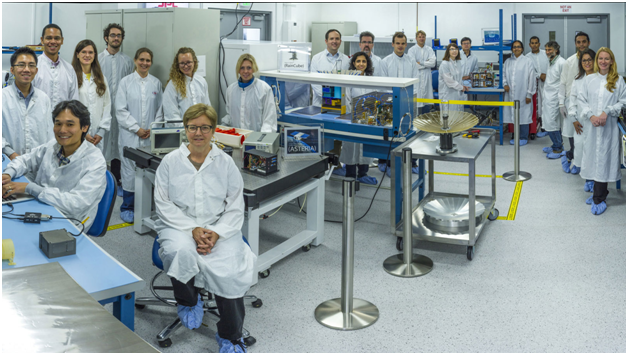Scientists have found that they can attach microscopic metal nano structures to cotton material that will work with the textile to eliminate grease and dirt. Light speeds up the process by aiding the transfer of energy to electrons that are needed for the process.

Seeing the light
One of the researchers said that as cotton fabric has a three-dimensional structure, it is good at absorbing light, which really helps to speed up the process of breaking down the grime, or more scientifically, the organic matter. While the time is not yet quite right for us to unplug the washing machines, the foundation has been laid for the emergence of self-cleaning garments in the future. But as the scientists said some of the prototype material only took a mere six minutes to self-clean, this is definitely a development that anyone who feels weighed down by too much housework could get excited by.
How it works
The researchers attached nanostructures of silver and copper to cotton thread, which was then woven into fabric. When these nanostructures come into contact with light, they draw in the energy, which then causes the electrons in the metal atoms to get agitated and start moving, and this movement leads to the decomposition of any dirt or grime on the textile. This research indicates that clothing featuring these nanostructures could be cleaning itself as it is being worn, particularly if the wearer is outside on a sunny day.

Cotton is a staple of the fashion industry as it is such a versatile material. According to this report from The Guardian, some top luxury brands are calling for cotton mills to return to the UK to enable production of completely home sourced clothing. If you are hoping to source some good quality cotton fabric, it would pay to consult experts such as https://www.higgsandhiggs.com/fabrics/plain-cotton-fabric.html who can give you tips and advice.
In the past, scientists have tried to make textiles resistant to staining by using molecules that are hydrophobic, or repel water. This worked for some kinds of staining agents, such as sweat or mud, but was less effective for non-water based substances, such as oil. This new research, however, suggests that self-cleaning textiles can deal with a much wider range of grime that might attach itself to clothing.

